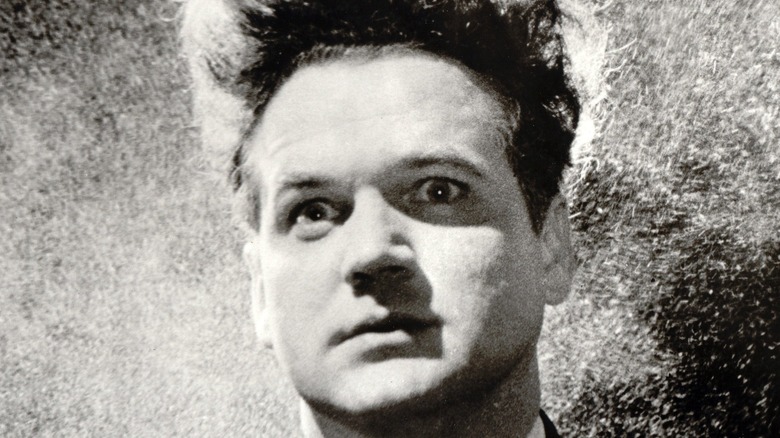
A great first film can jumpstart a filmmaker's career and show the world what makes them unique. For example, the conversational dialogue, '70s soundtrack, and nonlinear narrative of Quentin Tarantino's first film "Reservoir Dogs" established tropes that the director still relies on today.
Not every great director starts out strong, though. Although he's one of the greatest filmmakers working today, David Fincher's career nearly imploded after his disastrous debut, "Alien 3." Similarly, some directors never reach the same highs as their promising debuts. There was lots of interest in Neil Blomkamp after the phenomenal "District 9," but his later films -- "Elysium," "Chappie," and "Demonic" -- failed to replicate its success.
Directors with backgrounds in different fields sometimes have advantages, too; while the Best Picture winner "American Beauty" was Sam Mendes' first feature film, he had worked in British theater and knew how to create and direct complex characters. With all of that in mind, here are the 15 greatest films from first-time directors.
Pi
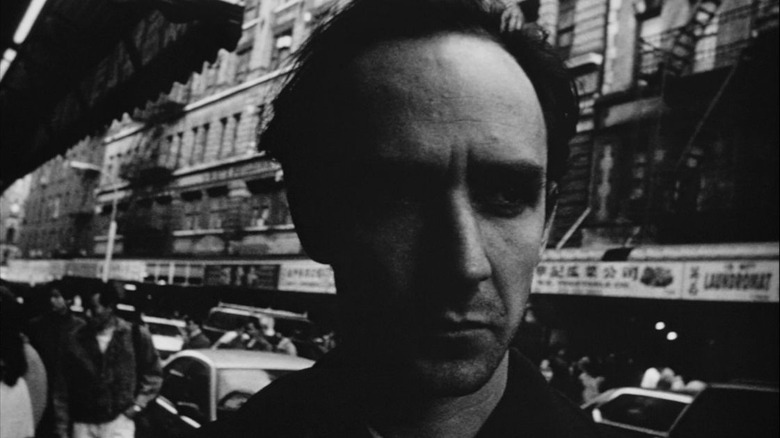
Darren Aronofsky is a filmmaker who gravitates towards disturbing stories, and a talent that's very clear in his debut film, "Pi." The thriller follows paranoid mathematician Max Cohen (Sean Gullette) who seeks to find order in the chaotic world that surrounds him by searching for a pattern within the numeral Pi. Max believes that sinister forces are stalking him and suffers from hallucinatory nightmares in which he's being watched.
Aronofsky tells the story from Max's perspective with hyper-kinetic pacing and an untraditional progression of events. It's unclear how much of the film is literal and how much of it is simply Max's delusion. Aronofsky used black-and-white reversal film to create striking visual contrasts, and gets an empathetic performance out of Gullette as the austere genius. The complexity of the dialogue as Max explains mathematical, psychological, and religious theories establishes his inability to express himself and isolates him further; he cannot reckon with human behavior he cannot explain.
Gone Baby Gone
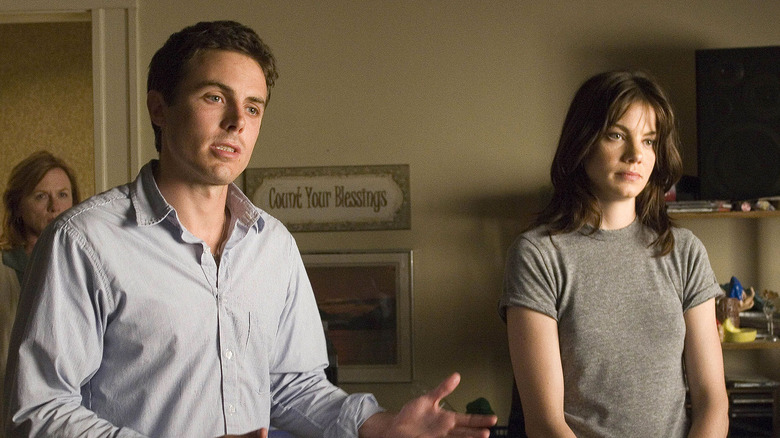
Ben Affleck's reputation as an actor had suffered from the negative reaction to films like "Daredevil," "Gigli," and "Jersey Girl." Then he stepped behind the camera and directed the dark crime thriller "Gone Baby Gone," redeeming himself with a single film.
Affleck cast his cousin Casey as troubled private investigator Patrick Kenzie, who looks into the case of a missing four-year-old girl. Kenzie and his partner Angie (Michelle Monaghan) investigate the girl's irresponsible mother Helene (Amy Ryan), who is heavily involved in a Boston drug smuggling syndicate. The mystery exposes Patrick to the deep corruption within the Boston police force; while seemingly noble, the police Captain Jack Doyle (Morgan Freeman) hides secret intentions.
Affleck crafts characters that are morally grey, as Patrick is reluctant to continue the search when he learns about the girl's home life. While absent from the screen, Affleck solidified his power as a storyteller; he would go on to direct himself in future directorial efforts, including "The Town," "Argo," and the underrated "Live By Night."
Blood Simple
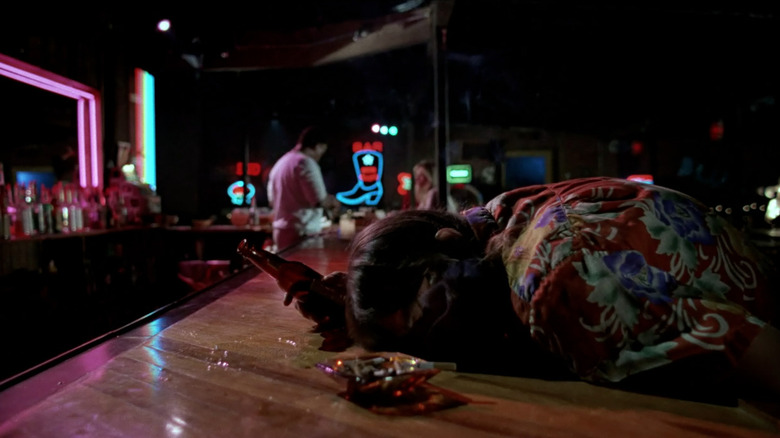
The Coen brothers have created many cinematic icons, and their debut film, "Blood Simple," shows their ability to bring suspense and humor to a stripped down neo-noir.
The first of many collaborations between the Coens and Frances McDormand, "Blood Simple" stars the future Oscar-winner as Abby, wife of untrustworthy bar owner Julian Marty (Dan Hedaya). Abby plots to escape Marty's clutches with her lover Ray (Jon Getz), but Marty dispatches assassins to eliminate her. Limited to only a few locations, "Blood Simple" begins as a simply getaway thriller and unravels into an exciting murder mystery.
The Coens masterfully establish the tone of "Blood Simple" with stark, striking visuals. Their shots are often shrouded in darkness, masking clues so that the viewer questions their perception of events. Abby is paranoid about keeping her affair a secret, and the long tracking shots build up her sense of dread. The violence comes at shocking, unexpected moments, and the whole thing culminates in a brilliant third act in which Abby confronts her fears.
The Evil Dead
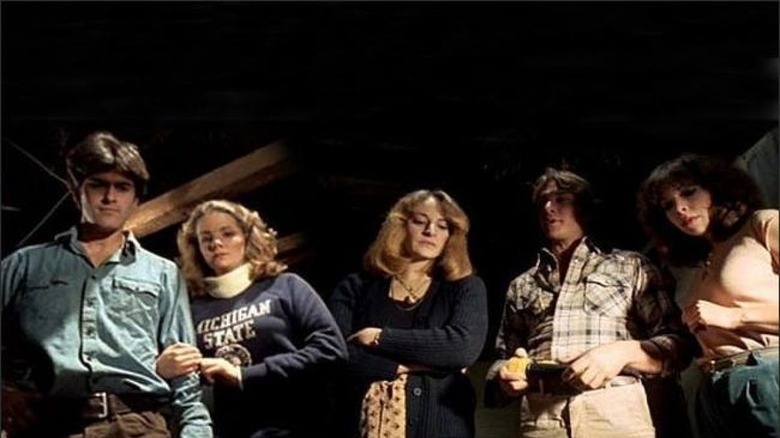
Sam Raimi began experimenting with practical effects at an early age with his childhood friend Bruce Campbell, and eventually the pair received a small budget to make a feature-length version of their short film "Within the Woods." Pulling in a team of young collaborators to make the film's sets, props, stop-motion visual effects, and fake blood, Raimi shot the first "The Evil Dead" film in a cabin in Tennessee. The result is a classic in the "splatter" horror subgenre that inspired a massive horror-comedy franchise.
The original "Evil Dead" follows Campbell's character Ash Williams as he travels to a secluded vacation cabin with his girlfriend Linda (Betsy Baker), sister Cheryl (Ellen Sandweiss), and their love-stricken friends Scott (Richard DeManincor) and Shelly (Theresa Tilly). There, the teenagers uncover a mysterious book and ominous recordings. After reading from the ancient manuscript, the characters are haunted by frightening demonic creatures that pick them off one by one.
"The Evil Dead" franchise strikes a unique tone that is equal parts funny and scary; Raimi returned to direct the sequels "Evil Dead II" and "Army of Darkness," as well as the pilot of the spin-off TV series, "Ash vs. Evil Dead." It's the rare trilogy in which each film is quite different, and equally great.
Brick
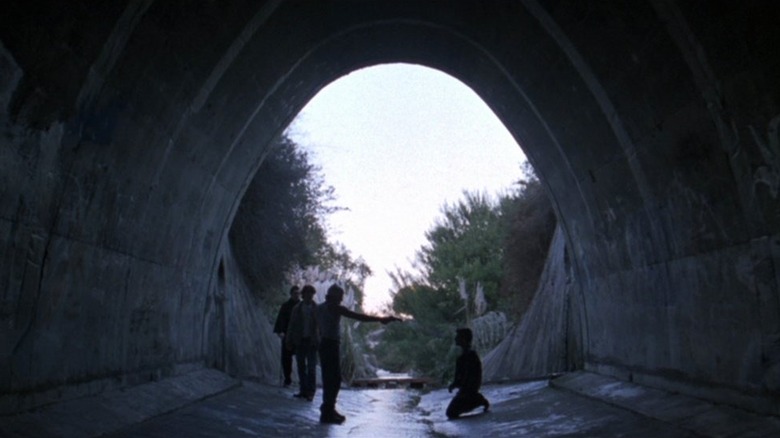
Aspiring screenwriter Rian Johnson tried for nearly a decade to pitch his story for "Brick" before deciding to step behind the camera and make it himself. Johnson figured that his suburban high school detective story could be shot on location with a skeleton crew, and the budgetary constraints forced him to be more creative. "Brick" was inspired by classic hard-boiled mysteries like "The Maltese Falcon" and "Red Harvest," but is set in the world of contemporary Los Angeles teenagers. Instead of a veteran private eye, the protagonist is the teen loner Brendan Frye (Joseph Gordon-Levitt) who discovers that his ex-girlfriend has been murdered.
Johnson brilliantly combines the coming-of-age and noir genres. Instead of an overbearing police captain, Brendan is questioned by the school's vice principal Trueman (Richard Roundtree), who asks him to "inform" on his classmates; each of the school's clubs play the role of a different social group, with theater girl Laura (Nora Zehetner) fulfilling the femme fatale role. However, "Brick" is not a spoof. It takes its mystery seriously, and the disenfranchisement that noir detectives feel translates well to adolescent outsiders who aren't understood by their parents and teachers.
Johnson weaves a complex narrative, with a steely voiceover from Gordon-Levitt guiding viewers through the clues. Johnson has continued to re-energize familiar genres with his later work, which includes "The Brothers Bloom," "Looper," "Star Wars: The Last Jedi," and "Knives Out."
This Is Spinal Tap

Rob Reiner had a truly remarkable run of films in his early career, including "Stand by Me," "When Harry Met Sally...," "Misery," "A Few Good Men," and "The American President." Reiner's debut "This is Spinal Tap" was the first modern music mockumentary. In "Spinal Tap," Reiner emulated the fly-on-the-wall approach of actual music documentaries like Martin Scorsese's "The Last Waltz," including a soundtrack of original songs that were performed live.
"This is Spinal Tap" follows documentary filmmaker Martin Di Bergi (played by Reiner himself) as he joins the fictional heavy metal group Spinal Tap on their 1982 concert tour. The band consists of dueling guitarists David St. Hubbins (Michael McKean) and Nigel Tufnel (Christopher Guest), bassist Derek Smalls (Harry Shearer), keyboardist Viv Savage (David Kaff), and drummer Mick Shrimpton (R.J. Parnell). They are completely clueless, and their egocentric pretentiousness ultimately drives the group apart and throws the tour into chaos.
"This Is Spinal Tap" is full of jokes that have become pop culture mainstays; IMDb even allows users to rate the film "up to eleven" in reference to one of the movie's iconic lines.
Night Of The Living Dead
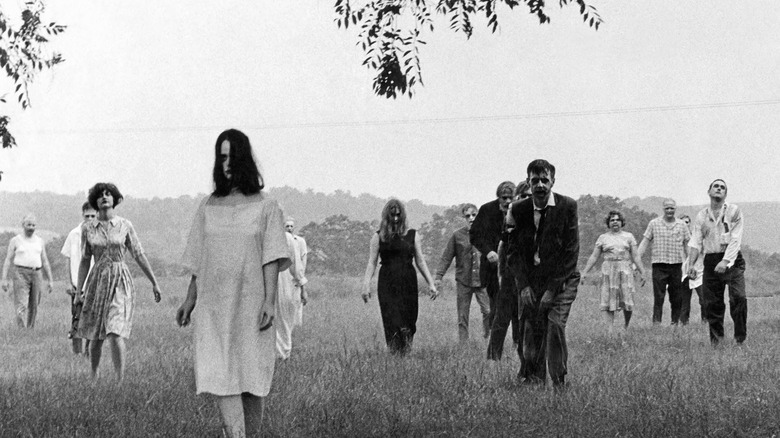
No one has had a bigger influence on zombie cinema than George Romero, who essentially invented the genre with 1968's "Night of the Living Dead." Romero created the slow moving, rapidly decaying zombie that would be adopted by countless imitators. With a budget of only $114,000, Romero spared no expense on his film, or the practical gore effects that make the creatures so terrifying. Shot in black-and-white, this bare-bones movie terrified audiences with its bleak view of humanity.
"Night of the Living Dead" was released during the height of the Vietnam War, and Romero exposed how mounting social anxiety could force characters to make dark decisions. The ensemble of both amateur and stage actors added to the realism, as they were not burdened with any onscreen baggage. The film was also notable for having an African-American lead (Duane Jones).
Romero returned to the franchise with five sequels focusing on different characters at later stages of the zombie uprising. As "The Night of the Living Dead" now exists within the public domain, it has spawned countless reboots and reimaginings, including the popular "Return of the Living Dead" franchise.
Thief
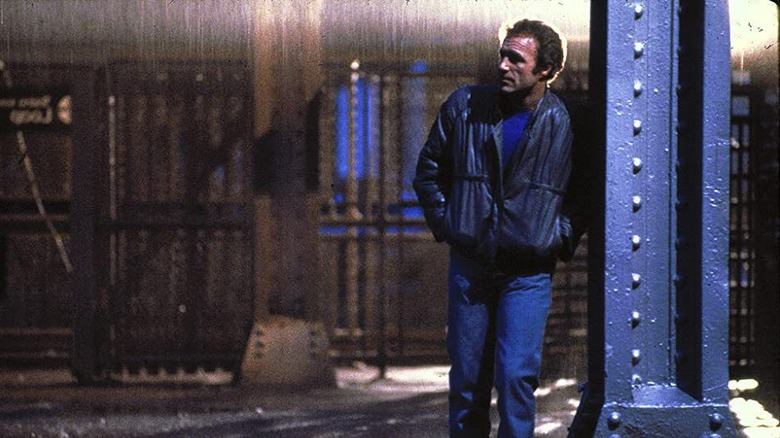
Michael Mann has an instantly identifiable style that incorporates gorgeous nighttime cityscapes and moody scores. Mann's distinctive take on the neo-noir can be traced to his debut "Thief," a confident thesis statement from a filmmaker unafraid to make bold choices. It remains one of the definitive "heist gone wrong" films.
"Thief" follows unflinching safecracker Frank (James Caan), who is courted by scheming criminals to front a jewel heist. Frank is hesitant to take the job, as he was formerly incarcerated and wants to live a normal life with his girlfriend Jessie (Tuesday Weld). When Jessie becomes pregnant, Frank must provide for his unborn child and assembles a team of thieves. The situation grows more intense as his crew double-crosses him, and he's put under police surveillance.
Caan's steely masculinity and Maan's intelligent direction created a super-cool character worth investing in. "Thief" combines the fun of classic caper films with the grittiness of '70s crime dramas.
Donnie Darko
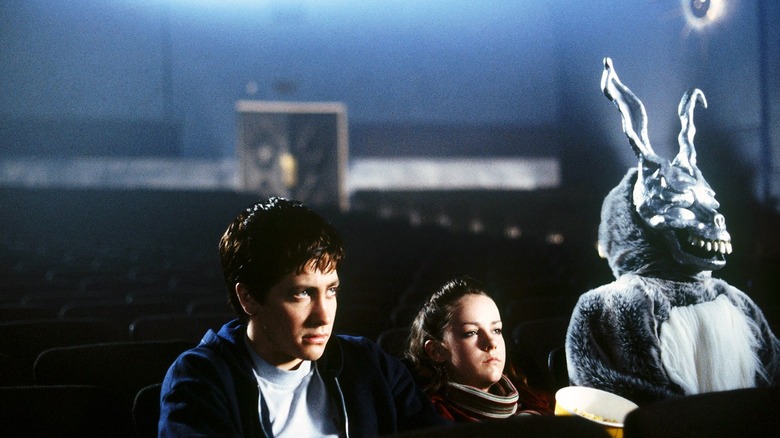
"Donnie Darko" is nearly impossible to fully appreciate with only one viewing, as the time-travel storyline features intricate hints about its elaborate twists. It's impressive that Richard Kelly crafted such an engaging puzzle with his first film. "Donnie Darko" wowed viewers when it debuted at the Sundance Film Festival, and despite early box office stumbles it survived thanks to positive word-of-mouth. Kelly's director's cut clarified some of its mysteries by explaining the tangent and alternate universes, but left other questions open to interpretation.
Teenage outsider Donnie (Jake Gyllenhaal) mysteriously awakens in the middle of nowhere after a midnight bike ride. When he returns to his suburban home, he finds it was destroyed overnight by a plane crash. Donnie receives visions from a masked man in a rabbit suit known only as Frank, who informs him that the world will end in one month. Donnie grows paranoid as Frank gives him clues that reveal disturbing secrets about the town's inhabitants. The early performance from Gyllenhaal is empathetic, and also quite funny thanks to Donnie's cynical observations.
Kelly infused satire of suburban stereotypes with sci-fi mythology. Kelly followed "Donnie Darko" with two more subsequent high-concept science fiction films, "Southland Tales" and "The Box."
The Maltese Falcon
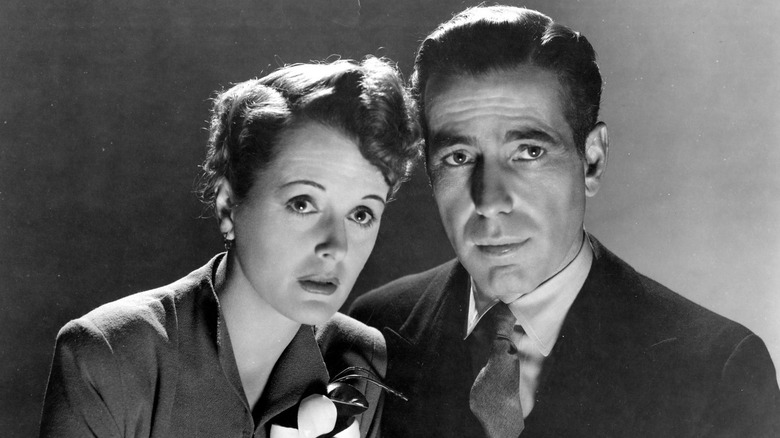
"The Maltese Falcon" didn't only announce John Huston as a filmmaker, but it became one of the definitive hard-boiled detective films. Many of the trademarks of "The Maltese Falcon," including the pessimistic characters, stark lighting, and shocking twists, went on to become the touchstones of film noir. If you like that genre, you largely have Huston to thank.
"The Maltese Falcon" follows independent investigator Sam Spade (Humphrey Bogart), who is recruited by femme fatale Ruth Wonderly (Mary Astor) to find her missing sister. After his partner Miles Archer (Jerome Cowan) is killed, Spade becomes obsessed with Ruth. He's also approached by the shadowy Joel Cairo (Peter Lorre), who offers him a large sum of money to find a prized artifact: the titular falcon. At the peak of his stardom, Bogart was simply the coolest. His profuse detachment masks his nobility, a rare trait in the San Francisco crime underworld.
Huston meticulously exposes the audience to clues as Spade uncovers them, and the success of this film launched Huston's lengthy career, which included other mysteries, historical epics, and comedies. Huston's contribution to the genre was honored when he appeared as the antagonist in the modern noir classic "Chinatown."
Breathless
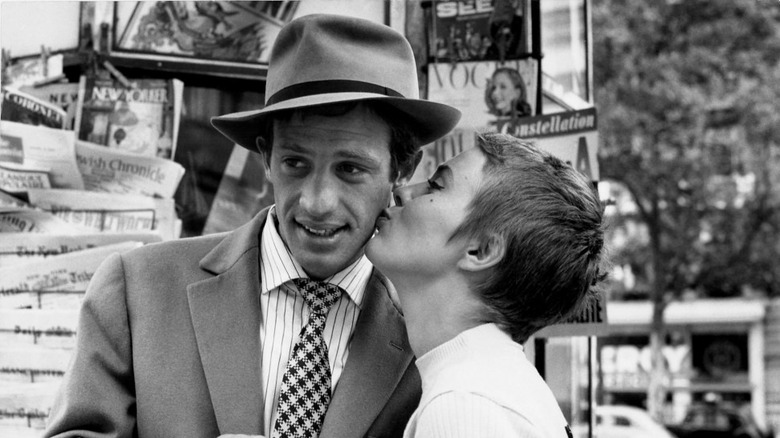
Now 90 years old, Jean-Luc Godard is one of the most prolific directors of all time, but even if he'd only made "Breathless" he would've changed filmmaking forever. The jump cut editing, the politically relevant themes, the long tracking shots, and the conversational dialogue epitomize the French New Wave movement and introduced its innovative techniques to a larger audience. Despite his extensive filmography, "Breathless" remains Godard's greatest work.
The film follows Michel Poiccard (Jean-Paul Belmondo), a hooligan who models himself after American movie detectives, as he roams the Paris streets. Poiccard is attracted to an American girl, Patricia Franchini (Jean Seberg), and the two bond over their shared disregard for others. Michel claims to be a dangerous outlaw, but has little actual experience with the criminal underworld. Still, Michel desperately wants to impress Patricia with his carefully crafted persona; he even practices his menacing glare in a mirror.
"Breathless" both empathizes with and satirizes its protagonists' narcissism, reflecting on their futility. A 1983 American remake of "Breathless" starring Richard Gere attempted to replicate Godard's success, but pales in comparison to the original.
The 400 Blows
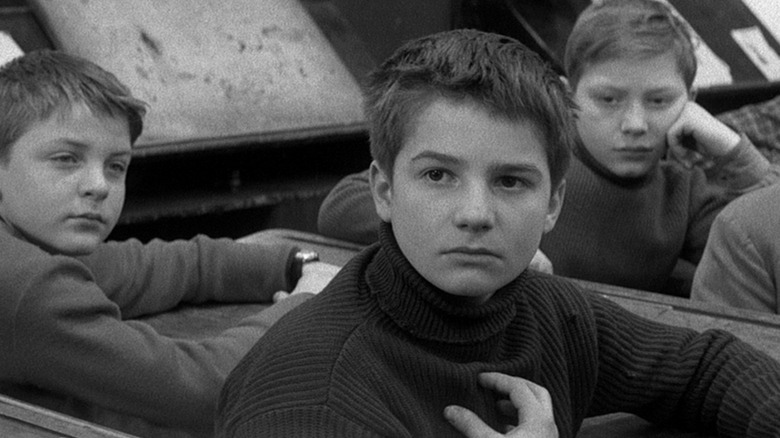
During the rise of the French New Wave, Godard's close friend Francois Truffaut helped launch the movement with his first film, "The 400 Blows." The story of a misunderstood child caught in a life of crime shocked audiences and critics with its grim worldview, much of which was inspired by Truffaut's own childhood.
"The 400 Blows" follows schoolboy Antoine Doinel (Jean-Pierre Léaud) as he grows up in Paris. Doinel is frequently scolded by his parents and disciplined at school, and so chooses to run away. After he's caught during a robbery gone wrong, Doinel is confined to a psychiatric center and forced to undergo therapy. Between his clueless parents, overbearing teacher, and misguided doctors, Doinel feels like no one understands him. Truffaut would continue to tell Doinel's story across four loosely connected films starring different actors in the role, but "400 Blows" remains the most famous and popular of them all.
Eraserhead
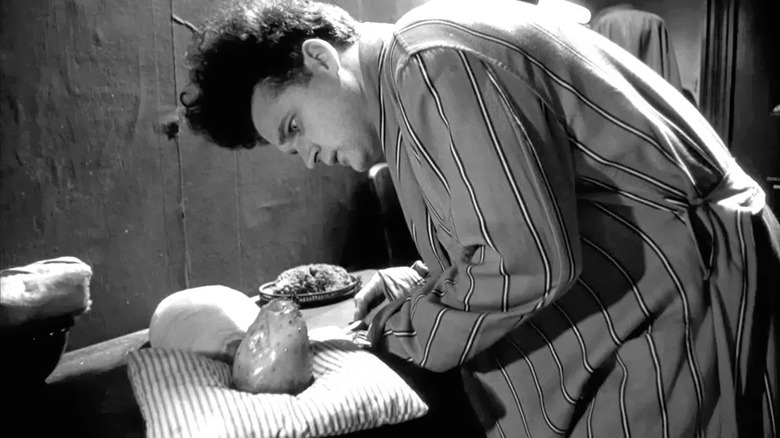
David Lynch is a filmmaker whose quirky style is a genre itself; the term "Lynchian" is used to describe surreal stories with offbeat characters and shocking, playful darkness. "Eraserhead" explored the anxieties that come with impending parenthood, a personal story considering that Lynch's own wife was pregnant when he made it. Lynch's affinity for strange humor and unnerving visuals, both of which are on full display here, would become his directorial hallmarks.
Lynch's protagonist Henry (Jack Nance) works a miserable day job at an industrial center and fears meeting the family of his girlfriend Mary (Charlotte Stewart). After an awkward family dinner, Henry's doubt about fatherhood spikes as he begins to lust over his next door neighbor. He is haunted by unusual dreams about a lady in his radiator before Mary gives birth to a monstrous creature. Henry is left to care for their terrifying child alone. Shot in black-and-white, the film looks visually bleak but is often quite humorous, even as Henry's situation gets worse and worse.
12 Angry Men
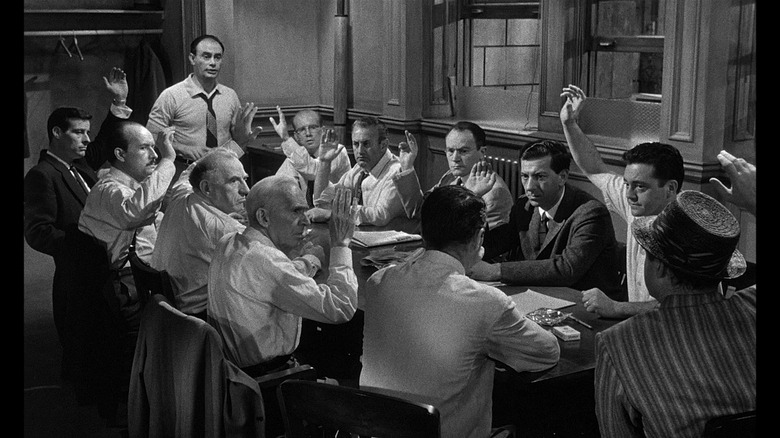
In 1957, Sidney Lumet created a complex morality tale that shocked audiences with its frank depiction of the legal process. An adaptation of a teleplay of the same name, "12 Angry Men" makes the jury decision-making process a thrilling character study. Themes of racial prejudice and judicial bias are realistically handled and still relevant today; with this film, Lumet proved that adaptations could be more than simple recreations, and that isolated settings could be the source of exciting drama.
The film follows 12 jurors who must reach a verdict in the case of a Black teenager accused of murdering his father. All strangers, the jurors debate whether or not there is reasonable doubt about the defendant's involvement in the crime. Davis (Henry Fonda) believes in the integrity of the American justice system and argues the defendant can't be sentenced given the questions that remain, gradually convincing the others of his opinion. Davis pushes back against the racism of some jury members who want to convict the 18-year-old because he is African-American. While the characters come to understand each other better, by the end of the story they still don't know each other by name.
Lumet's career continued to soar for 50 years until releasing his final film, "Before The Devil Knows You're Dead," in 2007.
Citizen Kane
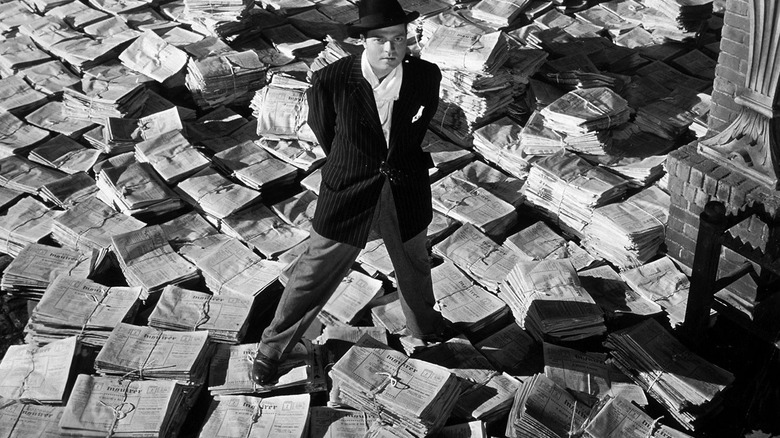
Virtually every film professor will demand students watch "Citizen Kane," a film that's been hailed by outlets like AFI, "Sight & Sound," the BBC, "Cashier du Cinema," and countless others as the best of all-time. "Citizen Kane" is so essential to cinematic canon that the phrase "The Citizen Kane Of...." is used to describe the greatest accomplishment in a genre or medium. Some classic films show their age and aren't as compelling today as they were when released; that's not the case with Orson Welles' masterpiece.
What's incredible is that Welles was only 25 years old when he changed movies forever. Already a theater veteran and radio performer, Welles enlisted screenwriter Herman J. Mankiewicz to write an American epic about the rise and fall of a media titan, loosely inspired by newspaper tycoon William Randolph Hearst. Welles cast himself as Charles Foster Kane, a poor child taken from his family at an early age and raised to become a savvy businessman. Kane's domination of the newspaper industry, his failed marriages, and his unsuccessful political campaigns corrupt him. The film is told in flashbacks as journalists investigate Kane's death; the nonlinear story structure was a breakthrough in 1941.
Welles never topped his ambitious debut, and despite making many great films later in his career, he forever lived in the shadow of "Citizen Kane."
Read this next: 10 Great Filmmakers Who Never Won The Academy Award For Best Director
The post The 15 best debut films from directors appeared first on /Film.
from /Film https://ift.tt/2WGPiWC
via IFTTT
Comments
Post a Comment